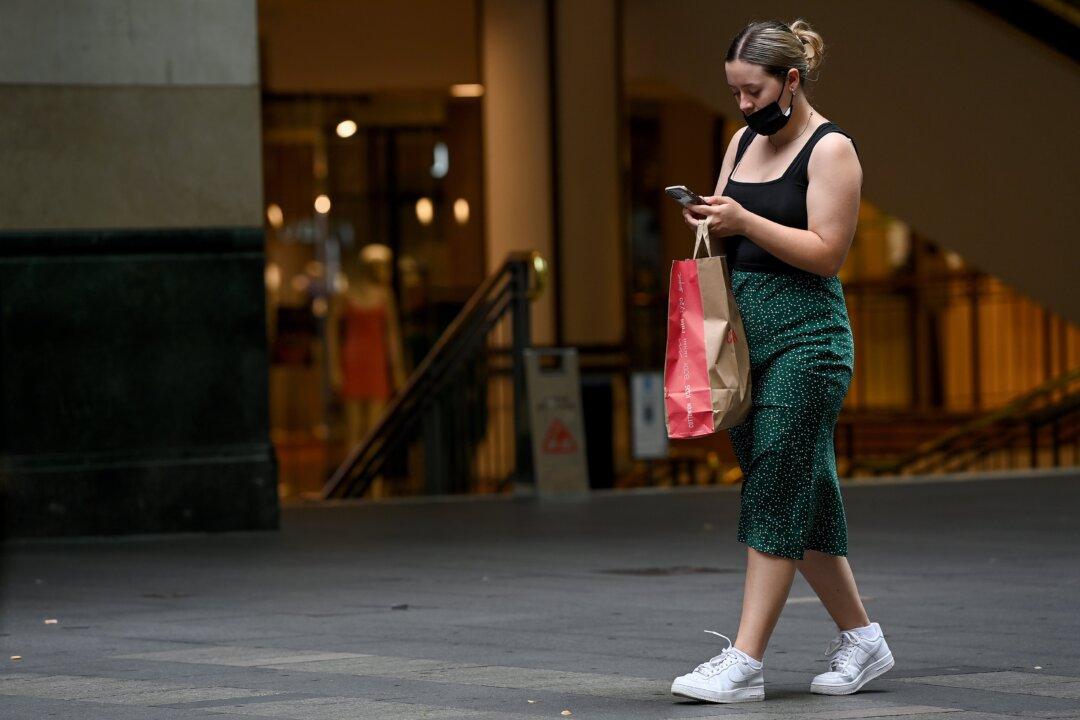Australian consumer confidence plunged to its lowest January reading since 1992 and the overall lowest since October 2020, according to the ANZ-Roy Morgan consumer confidence index.
January typically posts positive consumer confidence results, but it has plummeted 8.1 points to 97.9 during the second week of the month following the emergence of Omicron. Additionally, all states fell below the neutral level of 100 points, and all confidence subindices dropped, including an 11.3 percent drop in “current financial conditions” and a 4.3 percent drop in “future financial conditions.”





